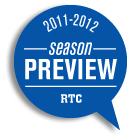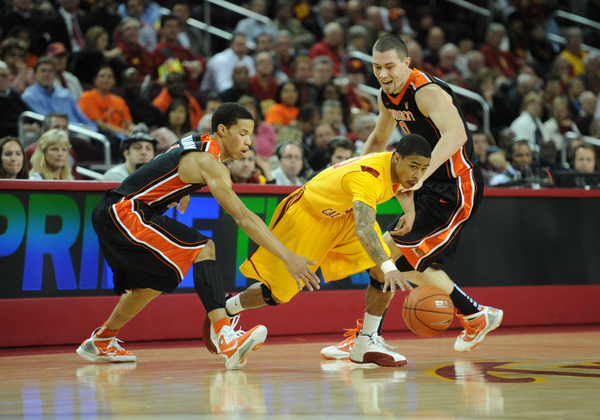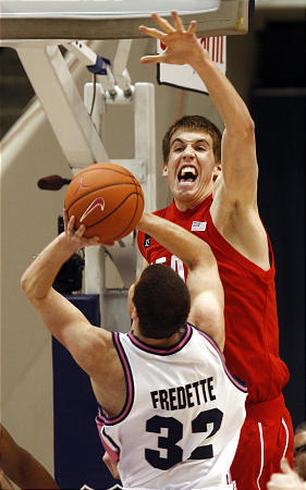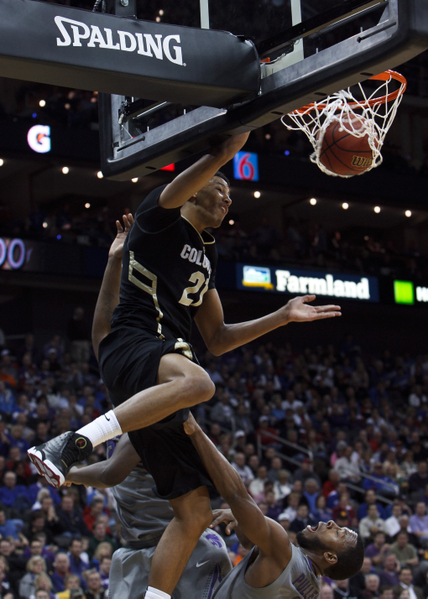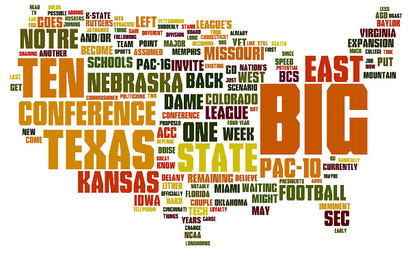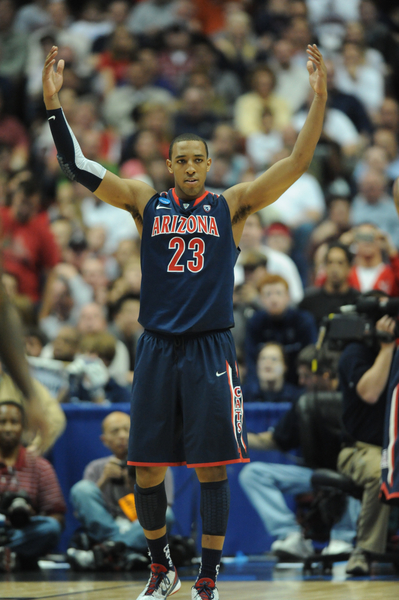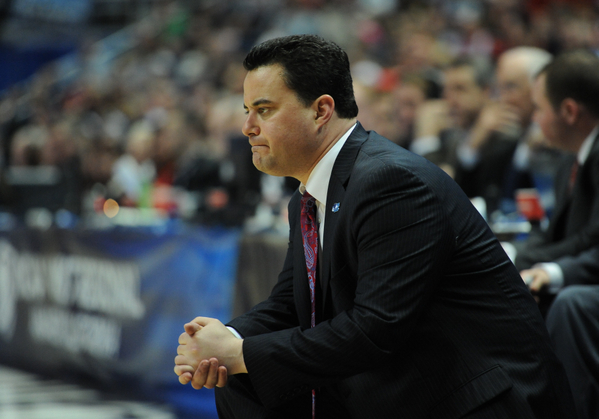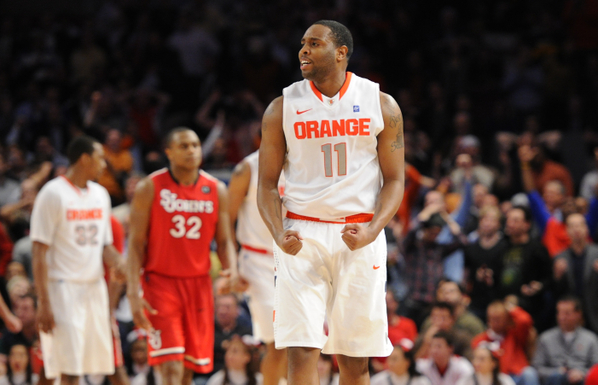RTC Conference Primers: #6 – Pac-12
Posted by Brian Goodman on November 1st, 2011Andrew Murawa is the RTC correspondent for the Pac-12 and Mountain West conferences as well as a Pac-12 microsite staffer. You can find him on Twitter @AMurawa.
Reader’s Take I
With only two of the ten players named to last year’s All-Pac-10 team returning, the race for the conference player of the year is wide open.
Top Storylines
- Twelve Is The New Ten: After 33 seasons, college basketball fans on the west coast are getting used to calling their conference the Pac-12. With Colorado and Utah along for the ride (and currently taking their lumps in football), gone are the days of the home-and-away round-robin schedule on the basketball side of things. But lest the traditionalists complain too much, it could have been much different, as schools from Oklahoma and Texas (obviously the very definition of “Pacific” states) flirted with changing their allegiance for the second consecutive year before heading back to the Big 12.
- Fresh Blood: As mentioned above in our poll question, the conference loses eight of the ten players on last year’s all-Pac-10 team, with just Jorge Gutierrez of Cal and UCLA’s Reeves Nelson returning. In other words, it is time for a new set of players to step up and take the reins of the league. The most likely candidates are a talented group of freshman guards – names like Josiah Turner and Nick Johnson at Arizona, Tony Wroten, Jr. at Washington, Jabari Brown at Oregon, Norman Powell at UCLA and Chasson Randle at Stanford.
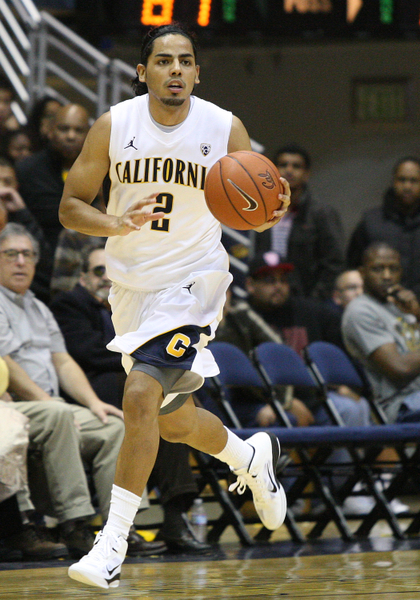
Jorge Gutierrez Is A Lightning Rod Of A Guard For Mike Montgomery's Golden Bears, And Big Things Are Expected.
- The Carson Show On Hold. A seventh highly-touted freshman guard, however, is stuck in limbo. Arizona State’s Jahii Carson has yet to be cleared for practice while an investigation continues into an online course the 5’10” point guard took this summer at Adams State in Colorado. That school has yet to release his course transcript, and until that happens, Carson is unable to practice with the Sun Devils, making an already difficult situation (being regarded as a savior for a team coming off a 12-19 campaign) even worse.
- Hard Times for Kevin Parrom: Sometimes, just when everything is going well, life conspires to deal you a set of circumstances that just suck. It’s not bad enough that Parrom took a couple of bullets on September 24 during a home invasion, while in the Bronx visiting his sick mother. But on October 16, Parrom’s mom then passed away after a long battle with cancer. While both incidents will have lasting effects on Parrom, the bullet wounds are the biggest obstacle to him getting back on the court, with bullet fragments lodged in his right leg, a boot on his right foot, nerve damage and his left hand currently wrapped up to protect lacerations sustained in the attack. Parrom is rehabilitating his injuries and as of this writing, no hard timetable is set for his return. But if anybody is due for a good break or two, Parrom’s the guy. Get well soon, Kevin.
Predicted Order of Finish





























